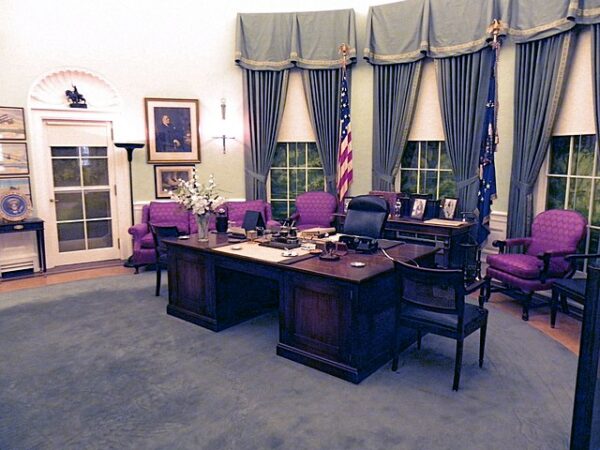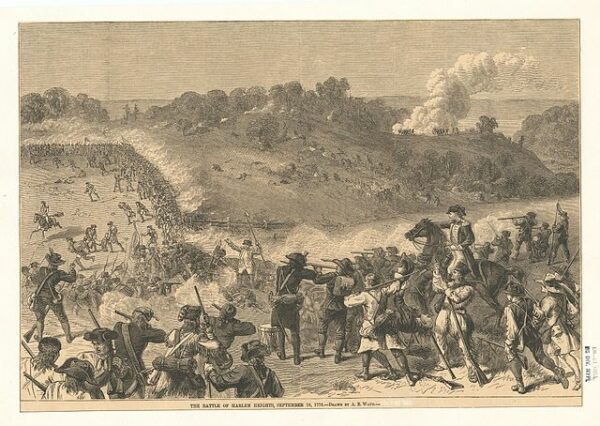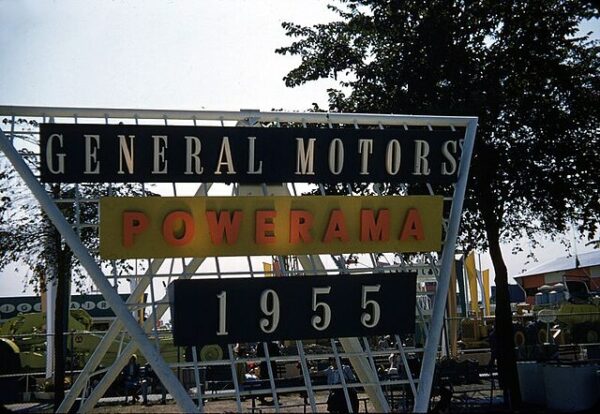On October 5, 1947, President Harry S. Truman made history by delivering the first televised address from the Oval Office, marking a significant moment in both political communication and media history. This event occurred during the early days of television, when only a small fraction of American households owned TV sets. However, it foreshadowed the growing importance of television in shaping public opinion and political discourse in the decades to come.
Truman’s speech was a response to a pressing issue facing the United States at the time: the post-World War II economy. The nation was grappling with inflation, labor strikes, and concerns about the cost of living. In his address, Truman outlined his administration’s efforts to combat these economic challenges. Specifically, he called for a continuation of price controls on essential goods, which had been implemented during the war to prevent inflation. Truman argued that lifting these controls too quickly would lead to skyrocketing prices and a lower standard of living for ordinary Americans.
While Truman’s message was rooted in economic policy, the broadcast itself was a symbol of the changing landscape of American media. Television was still a novelty in 1947, and radio remained the dominant medium for reaching a national audience. However, the novelty of seeing the president on television, speaking directly from the Oval Office, captured the imagination of viewers and demonstrated the potential of the new medium to connect political leaders with the public in a more personal and immediate way.
The decision to broadcast the speech on television was a calculated move by the Truman administration. The president’s approval ratings had been declining, and the economic difficulties the country was facing were contributing to growing discontent. Truman’s team recognized the need to communicate directly with the American people in a more impactful manner than radio or print could offer. Television, with its visual and emotional appeal, provided an opportunity for Truman to present himself as a strong and empathetic leader during a time of uncertainty.
During the speech, Truman emphasized the importance of cooperation between labor and management, urging both sides to work together to avoid further strikes that could harm the economy. He also appealed to Congress to support his proposals for controlling inflation and stabilizing prices. By directly addressing the American people, Truman hoped to build public support for his policies and put pressure on lawmakers to act.
Although the immediate impact of Truman’s televised address on public opinion is difficult to measure, the event marked a turning point in how presidents communicated with the public. It was the beginning of a new era in which television would become an essential tool for political leaders to shape public opinion, rally support for their policies, and address national crises. Truman’s Oval Office address paved the way for future presidents to use television as a platform for major announcements, from John F. Kennedy’s address on the Cuban Missile Crisis to Richard Nixon’s resignation speech.
In the years following Truman’s first televised address, television sets became more affordable and widespread, and the medium rapidly became the dominant form of mass communication in the United States. Presidents and other political leaders increasingly relied on televised speeches, debates, and press conferences to communicate with the public. By the 1950s, the televised presidency had become a fixture of American political life, with every president from Dwight D. Eisenhower onward using television as a key tool for governing and campaigning.
In conclusion, President Truman’s first televised Oval Office address in 1947 was a milestone in both the history of the presidency and the evolution of American media. It signaled the beginning of the television era in politics, a development that would forever change the way presidents communicate with the public. Truman’s use of television to address the economic challenges facing the nation demonstrated the power of the medium to reach and influence the American people, setting the stage for future presidents to harness the potential of television to shape public opinion and lead the country.






